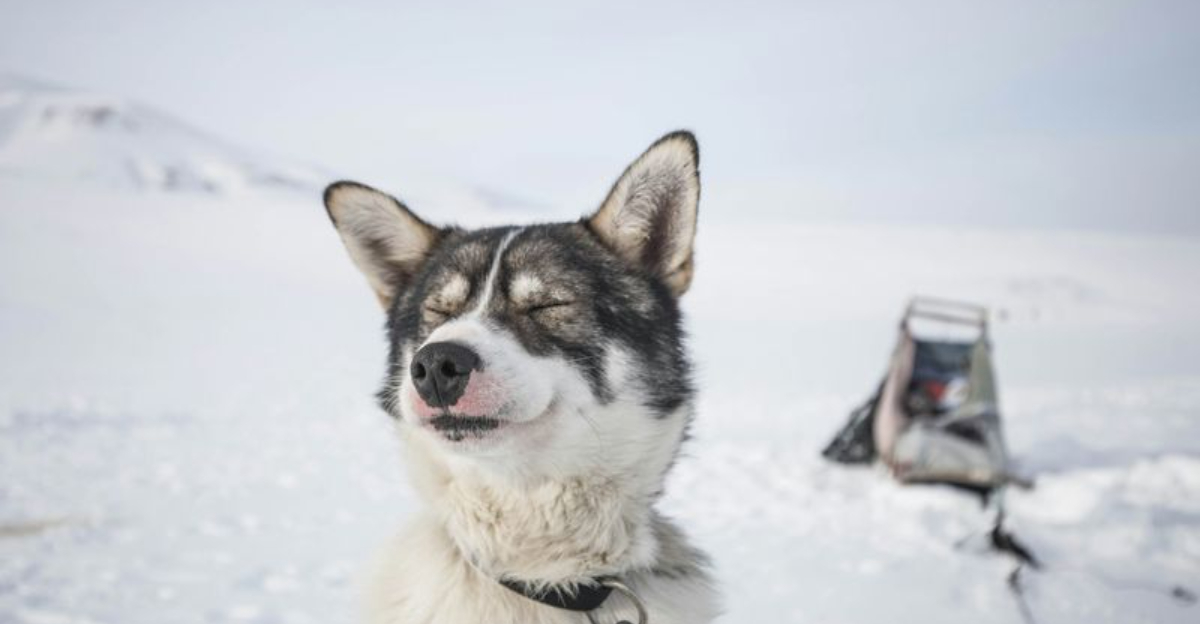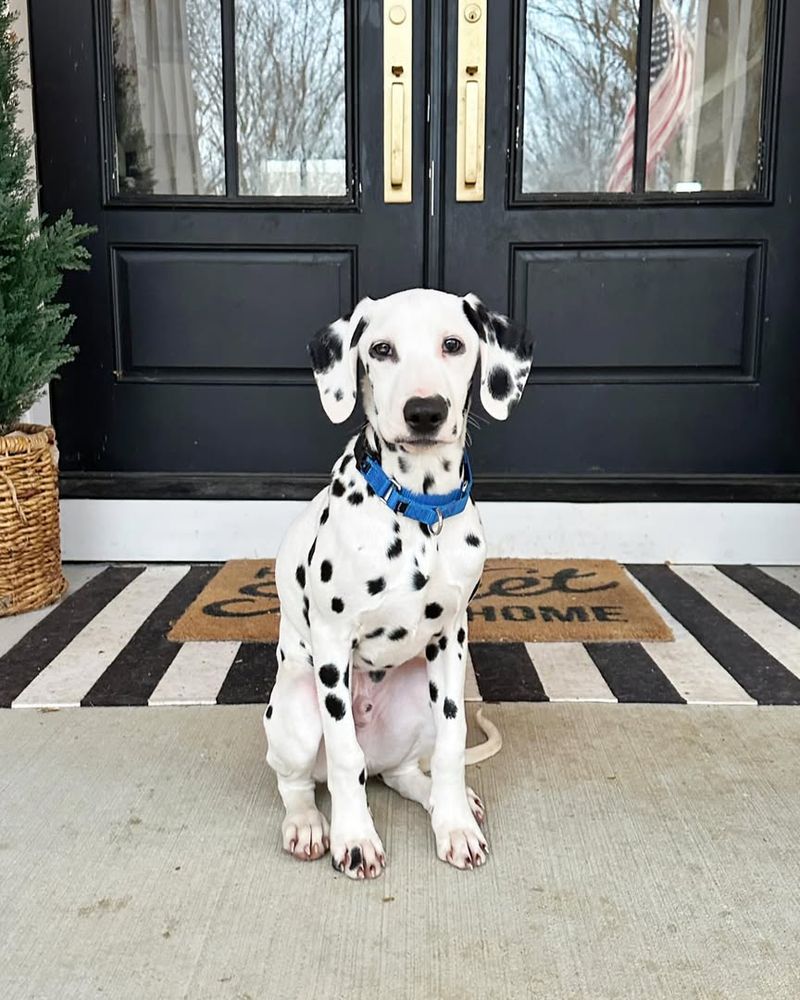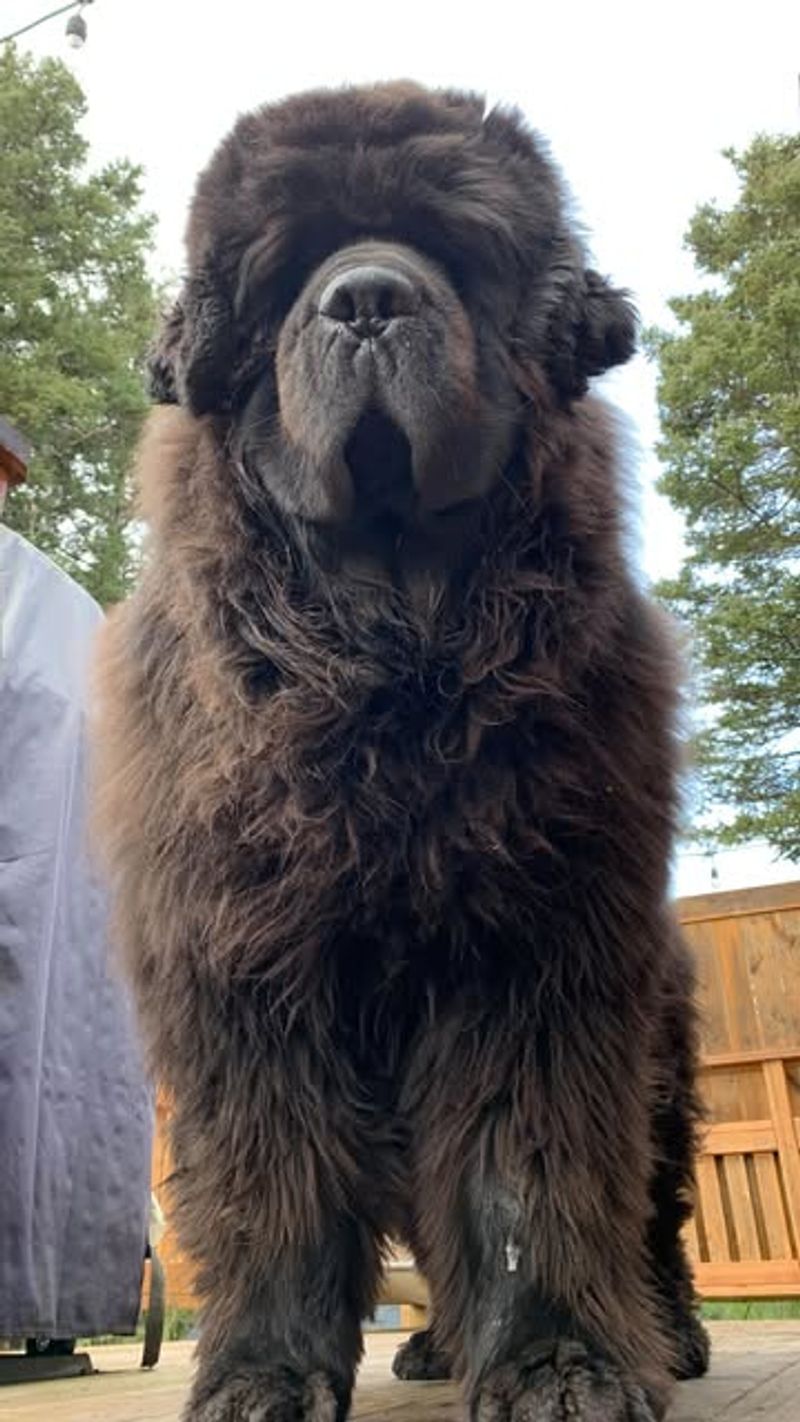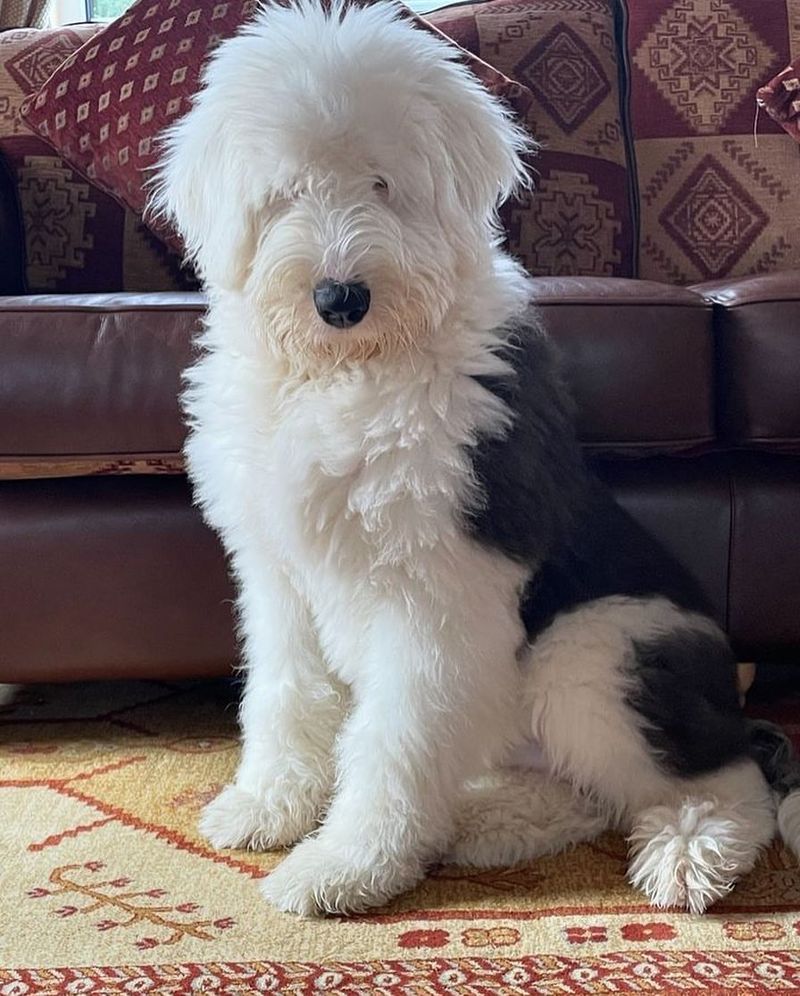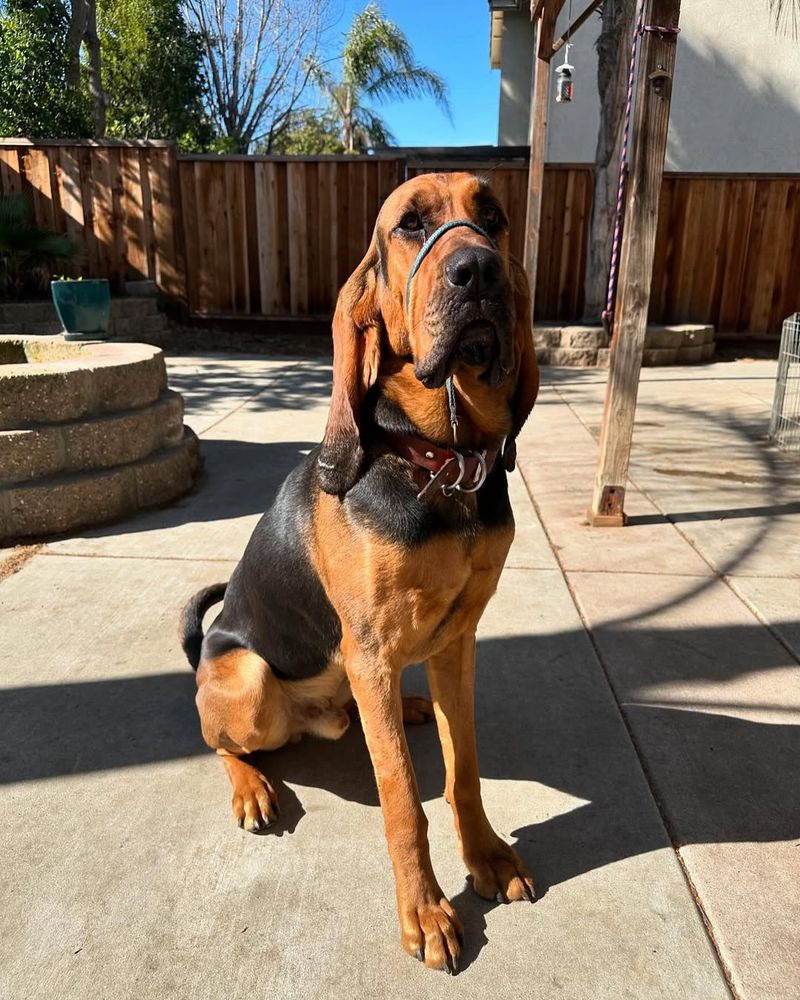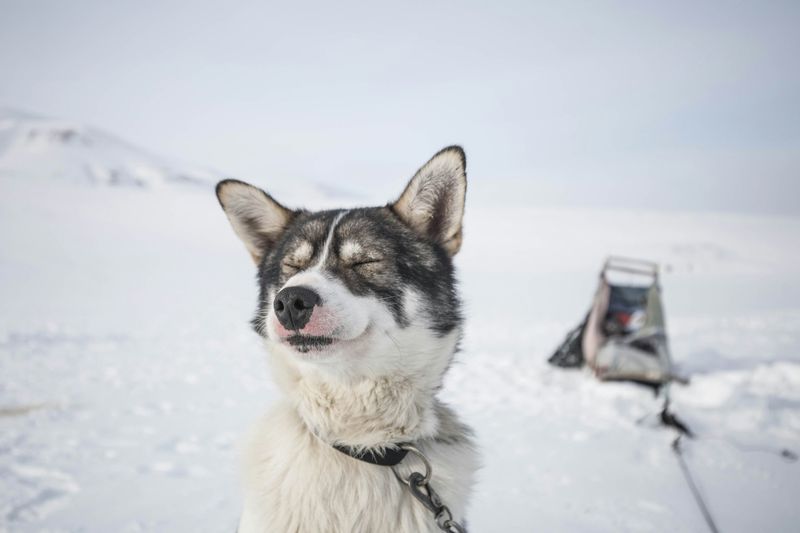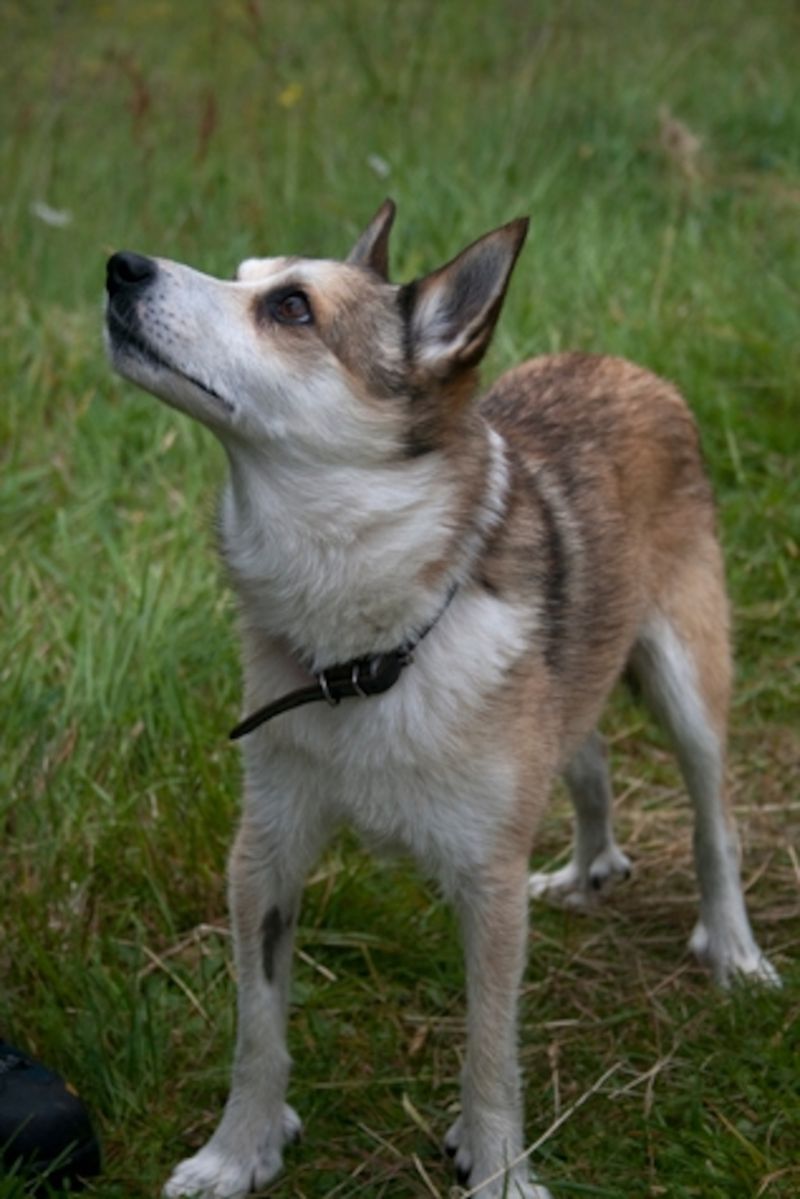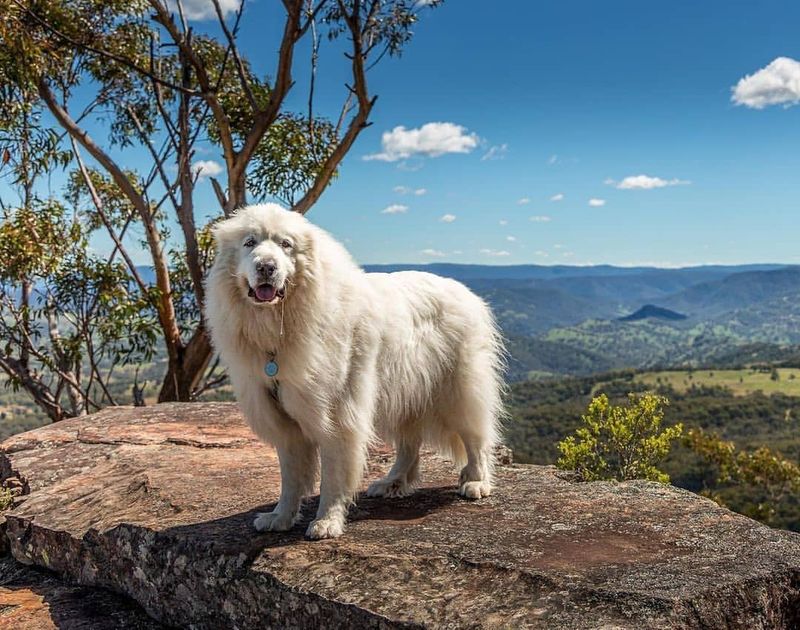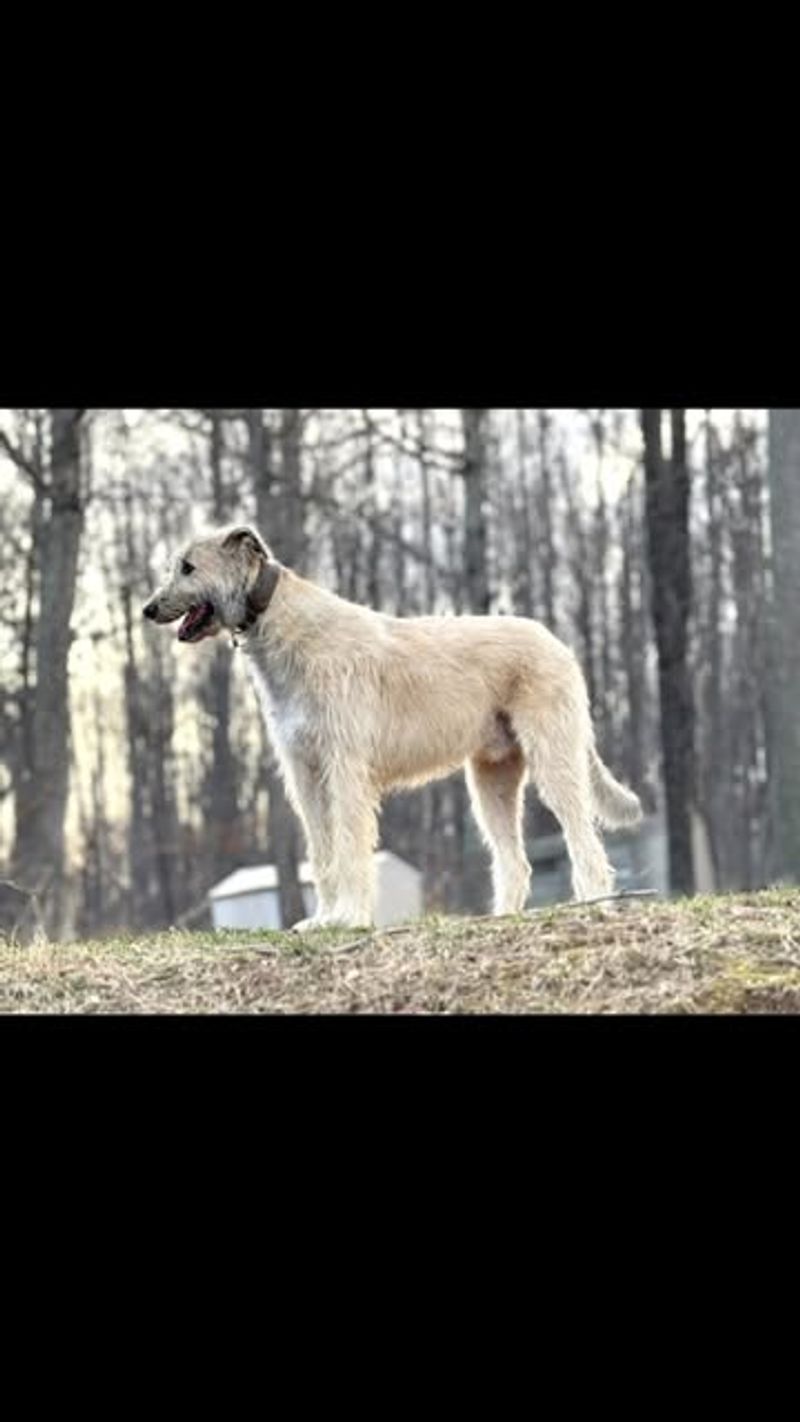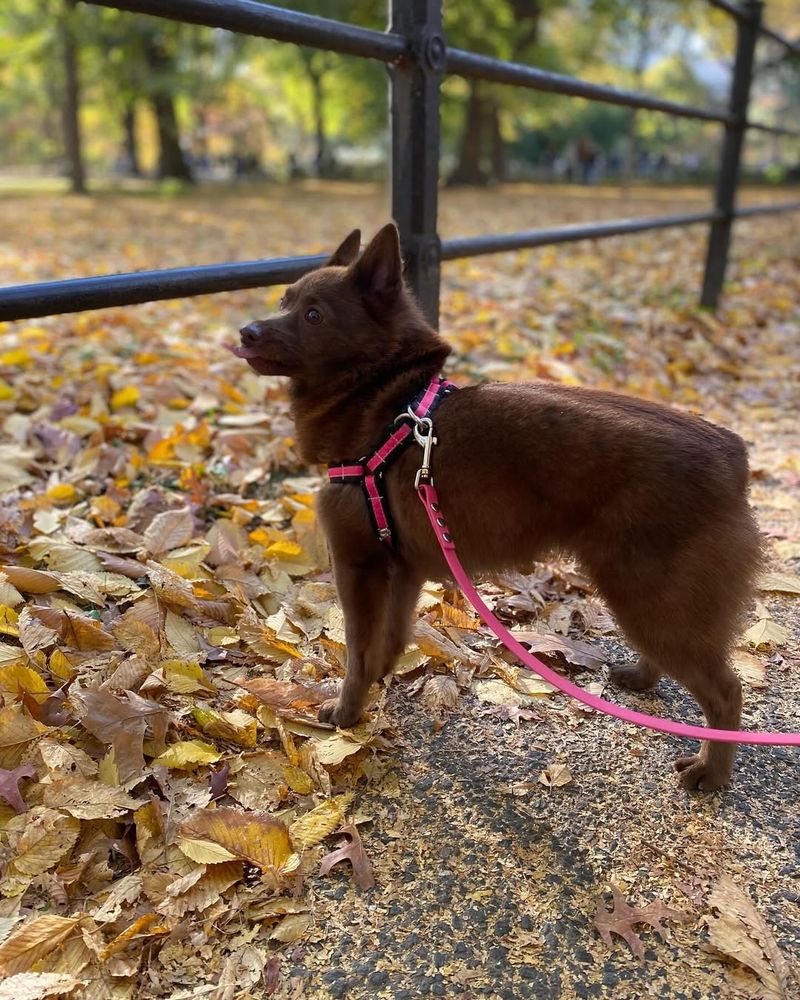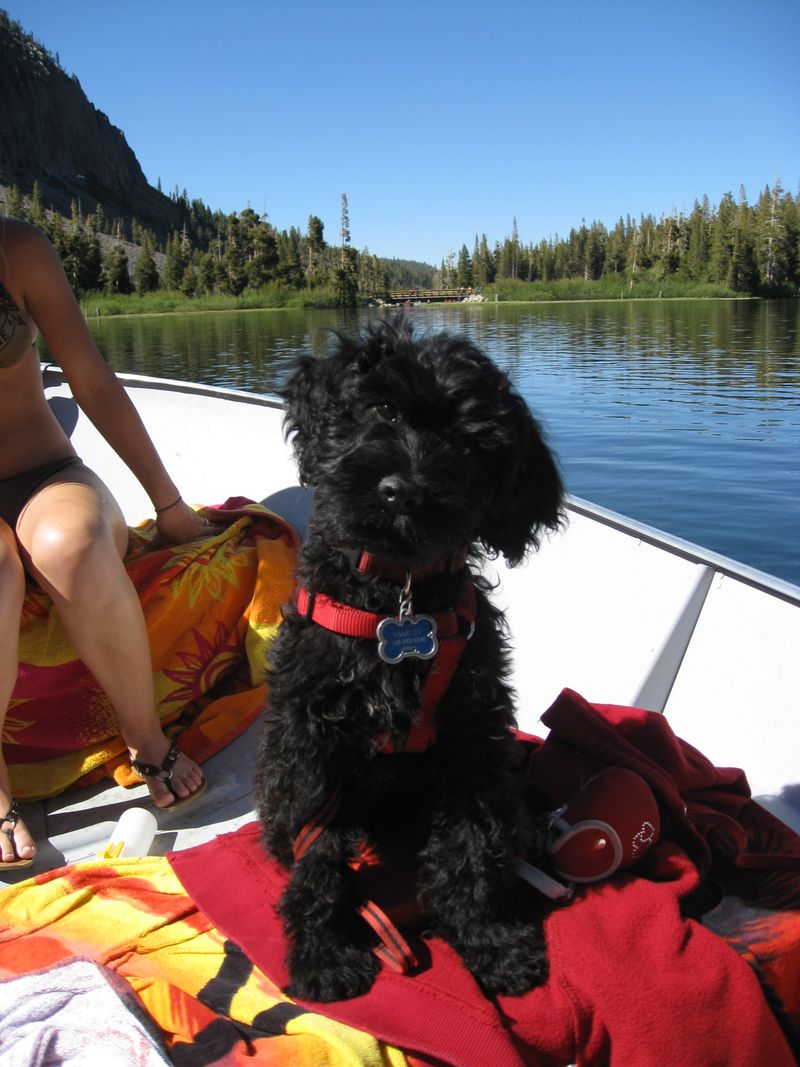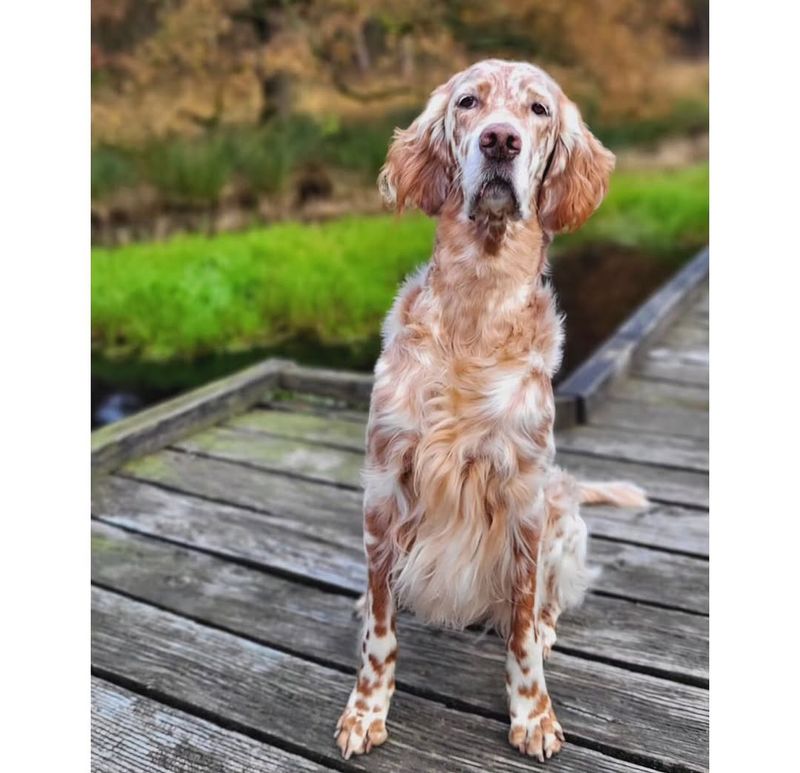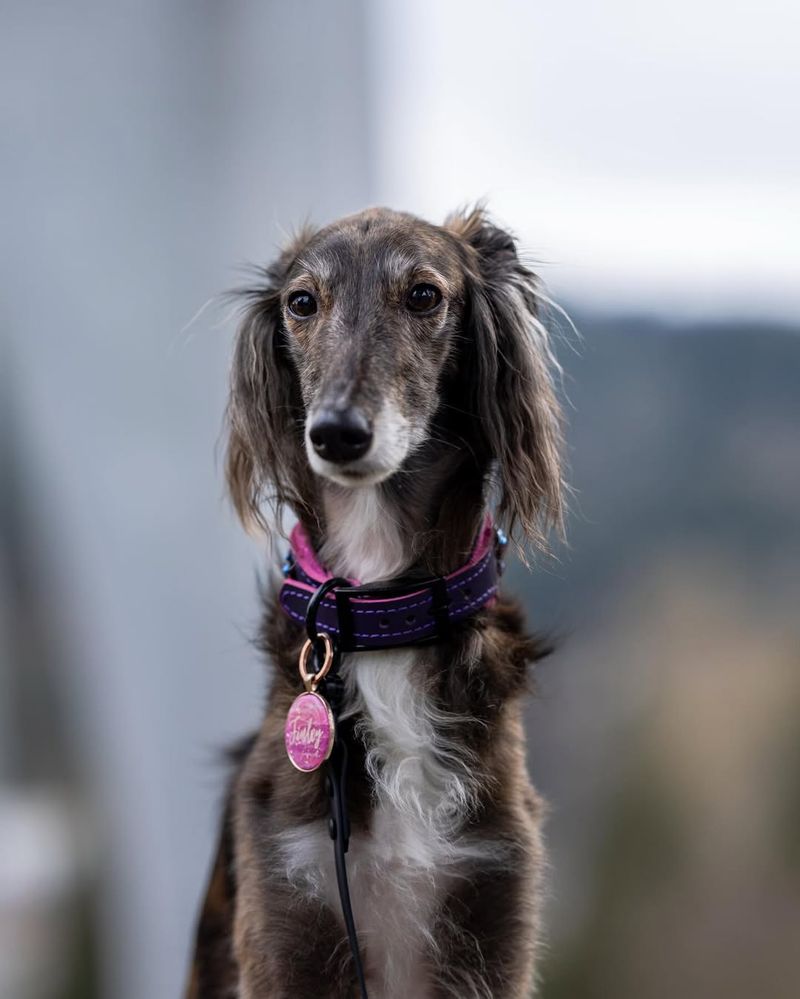Dogs have been humanity’s loyal companions for centuries, often taking on roles that supported our daily lives and livelihoods. While many of these jobs are now performed by machines or are no longer necessary, these breeds still carry the legacy of their original purposes. In this blog post, we explore 15 dog breeds originally bred for jobs that have become obsolete, yet these dogs continue to thrive in new roles as cherished pets and companions.
Dalmatian
Dalmatians, with their striking spotted coats, were once known as carriage dogs. Their job was to trot alongside horse-drawn carriages, offering protection and companionship. These dogs were bred for their endurance and guarding instincts.
In the days of horse-drawn transportation, Dalmatians would run beside carriages to ward off stray animals and keep the horses calm. Today, carriages are mostly obsolete, but the Dalmatian’s loyal and protective nature remains.
Modern Dalmatians make excellent family pets, known for their playful energy and affectionate demeanor, though their carriage duties are a thing of the past.
Newfoundland
The Newfoundland dog was originally bred for water rescues. These gentle giants have webbed feet and a strong swimming ability, making them perfect for pulling fishermen’s nets and rescuing shipwrecked sailors.
In the past, they were indispensable to explorers and fishermen, thanks to their strength and stamina. Today’s Newfoundlands are rarely needed for such tasks, but their history is rich with tales of bravery.
Now, they thrive as loving family companions, cherished for their kind temperament and gentle nature, though they might still enjoy a swim now and then.
Old English Sheepdog
The Old English Sheepdog was bred for herding sheep in the English countryside. With its shaggy coat and gentle disposition, it excelled at moving livestock from field to field.
As farming practices modernized, the need for dedicated herding dogs dwindled. However, the Old English Sheepdog remains a symbol of pastoral life.
Today, these dogs are valued for their friendly nature and adaptability. While they may no longer herd sheep, they continue to excel in dog sports and as affectionate family members, embodying the spirit of their working ancestors.
Bloodhound
Bloodhounds were historically valued for their unmatched tracking abilities. Bred to follow scents over long distances, they were crucial in search and rescue operations.
Law enforcement agencies used Bloodhounds for manhunts and finding missing individuals. While modern technology has replaced much of this work, the Bloodhound’s skills are still impressive.
Today, they are mostly found as beloved pets. Their keen noses remain a subject of fascination, and they often participate in scent-based sports, showcasing the incredible abilities that once made them indispensable.
Alaskan Malamute
The Alaskan Malamute was bred for sledding and transporting heavy loads across icy landscapes. These powerful dogs were essential to Arctic communities, known for their strength and endurance.
With the advent of modern transportation, the demand for sled dogs has greatly diminished. However, Alaskan Malamutes still thrive in cold environments.
Today, they enjoy recreational sledding and are popular in dog sports. Their history as hard-working sled dogs is a testament to their resilience and ability to adapt to both old and new roles.
Norwegian Lundehund
The Norwegian Lundehund was originally bred to hunt puffins along Norway’s rugged cliffs. With six toes on each foot and flexible joints, they were perfectly adapted for this unique job.
As puffin hunting became illegal and unnecessary, the Lundehund’s role diminished. However, this breed’s historical significance remains noteworthy.
Today, the Norwegian Lundehund is a rare breed, cherished for its unique appearance and endearing personality. Although they no longer hunt puffins, their agility and intelligence make them fascinating companions.
Great Pyrenees
The Great Pyrenees was bred to guard livestock in the Pyrenees Mountains. Known for their bravery and loyalty, they protected sheep from predators like wolves and bears.
As farming landscapes changed and predators became less of a threat, the need for such guardians decreased. Yet, the Great Pyrenees remains a steadfast protector.
These dogs are now beloved for their calm nature and protective instincts, often found as family pets. Their legacy as formidable guardians continues to be admired, even if their original job is less common.
Irish Wolfhound
Irish Wolfhounds were bred for hunting wolves and large game. Their impressive size and strength allowed them to take down formidable prey, serving nobility and warriors alike.
With the decline of large predators in Europe, their hunting purpose diminished. However, the Irish Wolfhound retains its noble reputation.
Today, they are known for their gentle demeanor and towering presence. As family companions, they are gentle giants, embodying the grace and strength of their ancestors, even if they no longer hunt wolves.
Schipperke
The Schipperke, known as the “little captain,” was bred as a watchdog on Belgian canal barges. Their alertness and small size made them perfect for keeping watch over the ships.
As canal transport evolved, the Schipperke’s role as a barge guardian diminished. However, their spirit of vigilance endures.
Modern Schipperkes are lively companions, known for their agility and intelligence. While they may no longer patrol barges, their playful and curious nature makes them delightful family pets, with a heritage of watchfulness.
Portuguese Water Dog
Originally bred to assist fishermen, the Portuguese Water Dog excelled at herding fish into nets and retrieving lost tackle. Their waterproof coats and strong swimming skills were invaluable.
As fishing methods changed, their role became less essential. However, the breed’s legacy continues to be celebrated.
Today, Portuguese Water Dogs are cherished family pets, known for their intelligence and energy. They often participate in water sports and activities, keeping alive the spirit of their industrious past alongside fishermen.
English Setter
English Setters were bred for hunting game birds. Their keen sense of smell and ability to “set” or crouch near prey made them excellent companions for hunters.
With advancements in hunting technology, the need for bird dogs has decreased, but the English Setter’s elegance remains unmatched.
These dogs are now appreciated for their gentle nature and beauty. As family pets, they embody grace and poise, reminiscent of their days in the field, pointing the way for hunters.
Dandie Dinmont Terrier
The Dandie Dinmont Terrier was bred to hunt vermin on farms. Known for their tenacity and unique appearance, they excelled at controlling rodent populations.
With modern pest control methods, their hunting role has largely faded. However, their charm and determination remain.
Today, Dandie Dinmont Terriers are beloved for their lively and affectionate personalities. While they no longer need to chase vermin, they bring joy and companionship to their families, with a nod to their industrious past.
Komondor
The Komondor was bred as a livestock guardian in Hungary. Its corded coat provided protection from harsh weather and predators while blending in with sheep flocks.
As agriculture evolved, the need for such guardians diminished, yet the Komondor’s protective nature persists.
Today, these dogs are cherished for their unique appearance and loyal temperament. While they may no longer guard flocks, their watchful nature makes them excellent companions, embodying a proud tradition of guardianship.
Otterhound
The Otterhound was developed to hunt otters in English rivers. With a keen sense of smell and webbed feet, they were uniquely suited for tracking aquatic prey.
As hunting otters became illegal, the Otterhound’s role vanished. Nonetheless, its skills are admired.
Today, Otterhounds are rare but loved for their amiable nature and curiosity. They thrive as companions, often engaging in scent work and water-based activities, showcasing the versatility of their ancestors’ hunting abilities.
Saluki
The Saluki, known as the “Royal Dog of Egypt,” was bred for hunting in the desert. Renowned for its speed and agility, it pursued gazelles and other swift prey.
With changes in hunting practices, the Saluki’s role shifted, yet its grace remains legendary.
Today, Salukis are admired for their elegance and gentle demeanor. As companions, they exude a regal presence, echoing their historic role as hunters in the desert sands. Their beauty and speed continue to fascinate, even if their hunting days are mostly over.
